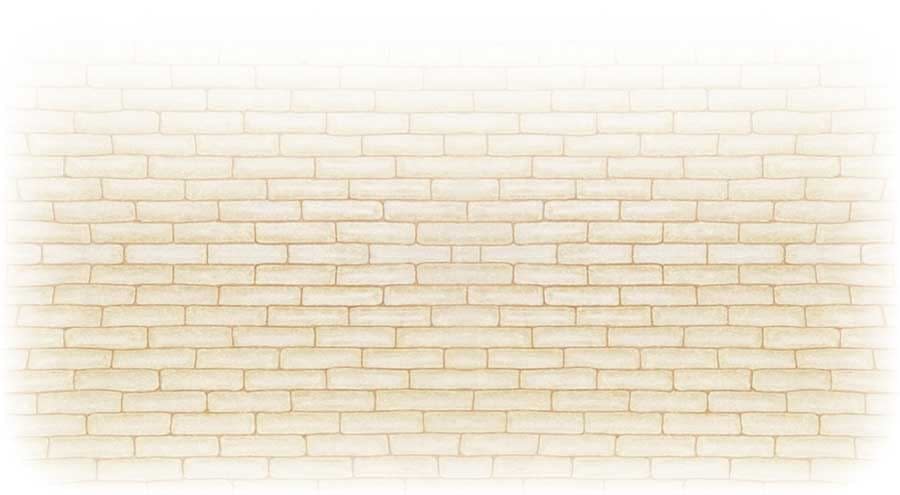Just to give you an idea what we’re shooting for, here’s a loose itinerary of what the build will look like, but this is a schedule based on a modestly sized crew of our regulars, so there’s potential to get quite a bit more than this done.
Late winter: We have to wait for it to get a bit warmer before we can begin the bag work, but we will use this time to prepare the site. We’ll need to excavate a few feet since we’re building a few feet below ground, and we’ll need to dig an additional footer for the rubble trench our bags will rest on. Both could be done by hand, but we’re kind of hoping somebody’s cousin has a bobcat or something, either way this will give us a nice pile of dirt to get started with. We’ll also be building wooden door and window forms that act as placeholders during construction, we’ll only need to build these once, as they’ll be reusable on each subsequent build. This will be a good time to collect salvaged materials as we finalize the details of our blueprints.
Early spring: As soon as the weather permits, we’ll quickly jump into constructing our 9ft test dome, allowing us to adjust our mix ratios along with a few specific variables of the build. From there we’ll move on to the community lodge, a little due diligence at this point to make sure we’ve got our ducks in a row, but once the first bag is laid the rest is really the easy part.
Mid spring: By this point the lodge is in full swing. Starting with the root cellar, which is sunken an additional two feet into the Earth, we’ll bring the level of all the walls up together until we reach the top of the door forms. Once we’ve completed the archways above the doors, we’ll be ready to focus on each dome independently, working from small to large so that we’ve got a few tricks by the time we’re closing in the big room. There’s going to be plenty of space for multiple crews around the site and lots of little side jobs to break up the monotony, and we should probably start thinking about planting a few seeds along the way.
Late spring: Still building the main lodge, getting way up there by now, and lots of finishing details to tie it all together. It’ll be time to test out what cob or stucco mix we’ll be covering the domes with, as well as other waterproofing techniques, and at some point in here we should start playing around with the specifics of our earthen floor mix and process. In our downtime we will have already prepared the sites for several more 16ft domes, so now that we’ve got an experienced crew we can break into teams and tackle a few at once. And more gardening.
Early summer: Big lodge complete, with the initial bags at least. We’ll be stuccoing the exterior but leaving the interior uncovered for a bit as the bags fully cure, lots of aesthetic treatments will be needed inside and out, and it’ll be a good time to tackle the earthen floor as it needs a few weeks for the linseed oil to harden its surface. The 16ft domes will be going up pretty quickly after completing the more complex kitchen lodge, but each will be its own creation as we experiment with different techniques like bermed walls, sunken floors, radiant heat, scoria and hay bale insulation, window placement, alternative roofing solutions and the other varying factors that will help us find the perfect system for our climate. By this point we will have fully realized the scope of our initial build season, if we have the resources and human power to expand upon our preliminary goals this would be a good time to move ahead with that. More gardening.
Mid summer: It’s getting pretty hot outside, some tarp shades will make work a bit more bearable, and luckily we’ve got a few Earth-cooled sanctuaries that still need some TLC inside. The hot and dry days will be perfect for curing stucco and adobe floors, so we’ll be getting everything covered as we wrap up the construction of the 16ft domes. It’s not too late to add a few additional builds if we have the hands available, but it’s getting to be about that time, especially considering the upcoming Sundance season.
Late summer: If you plan to volunteer during August, please keep updated with where we’re at with the build and how large our crew of experienced builders has become. Most of our core group of volunteers are part of the same Sundance community, and our yearly ceremony will be happening for a few weeks in August, so we will all be unavailable during that time. It’s very likely that by this point we will have many solid team leaders that we feel confident leaving on site, and it will be a great target to have all of the stucco and adobe floor completed so that they have time to cure, keep in mind though, that it is also possible that we will take a hiatus for the weeks that leadership will be unavailable. If you’ve been out here for a while helping and becoming a part of our community, it’s totally possible that we’d invite you to tagalong, but certainly don’t show up in August with high expectations.
Early fall: In late August we’ll be back to full capacity, and a new crew of tagalongs from Sundance, it’s time to get moving on whatever’s left. Assuming that the supplies we need for the greenhouses come into manifestation, now’s a good time to get started on both the attached greenhouse and the underground walipini, we’re not counting on it, but it would be really cool if we were able to extend our very first growing season. Most systems throughout the builds will evolve organically as our collective knowledge expands, like when the woman who knows a lot about solar panels shows up with a truckload of them, but by this point we’ll need to begin addressing any of these aspects that haven’t solved themselves along the way.
Mid fall: We’ll be wrapping up any outside construction, the earthbags and stucco will need time to cure before the cold of winter settles in. As we transition into the cooler weather we’ll refine the interior of the shelters, both in the construction and in the dynamics of how we’ll function as a community. We know full well that community isn’t something you can construct, we can set up the infrastructure, but the rest will have to bloom on its own in an organic way. Assuming a successful harvest, there’ll be plenty of food preservation to work on, and if the greenhouses are operational then we’ll have even more to keep us busy. And we’re gonna need some firewood.
Late fall/Winter: Now it’s time to see how we did. Our core crew of volunteers and the locals who have signed on will live in and evaluate our shelters. The hope is to find the right balance of thermal mass, passive solar gain, and insulation, to drastically reduce the amount of wood stove operation it takes us to stay warm. Living homes like these are meant to be lived in, the thermal mass properties only function in symbiosis with their caretakers, it sometimes even takes a couple of years for the mass to settle into a stable temperature equilibrium.
There’s still going to be plenty to work on over the winter, from polishing the interior design to streamlining how our various systems function, and of course we’ll be planning and preparing for another season of building. We’ll still be open to volunteers and visitors, but it’s going to be rather cold for camping and indoor space could be limited, so plan accordingly.

